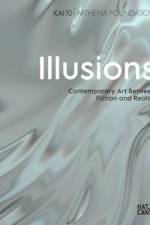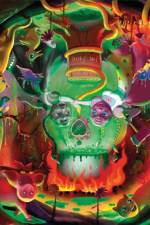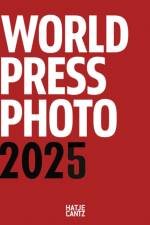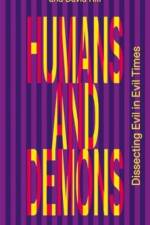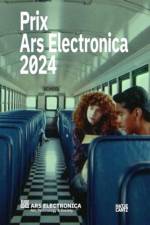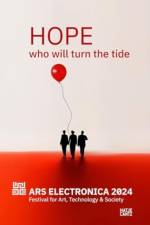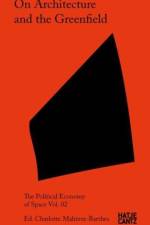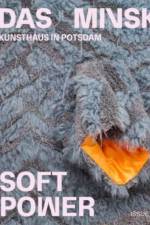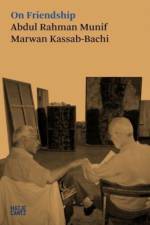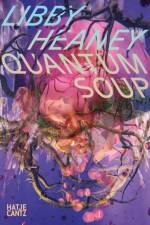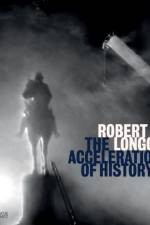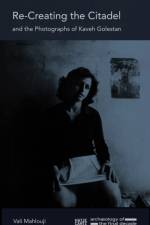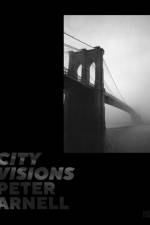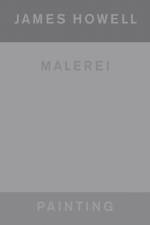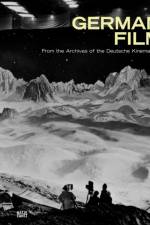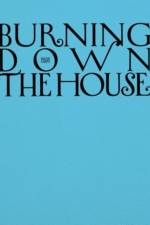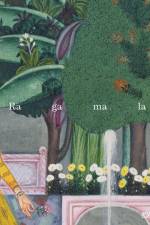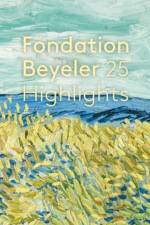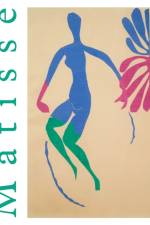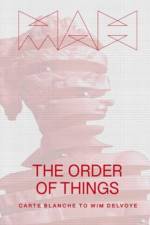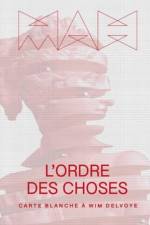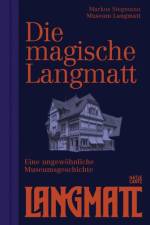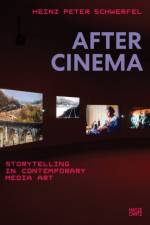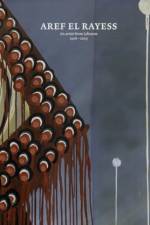465,-
Textilgestaltung als künstlerisches Ausdrucksmittel: Soft Power zeigt handwerklich oder industriell gefertigte Werke textiler Kunst und beleuchtet auch ihre weltweite Produktion und Verwendung in unserem Alltag. Am Beispiel der Leipziger Baumwollspinnerei und des VEB Vowetex Plauen werden das Rohmaterial und seine Weiterverarbeitung aufgezeigt. Wandbehänge und Archivmaterial des Zirkels für künstlerische Textilgestaltung Potsdam beleuchten den Aspekt des 'künstlerischen Volksschaffens'. Neben dieser historischen Betrachtung liegt der zweite Schwerpunkt auf zeitgenössischer Kunst mit Textilien mit Arbeiten von u.a. Magdalena Abakanowicz, Caroline Achaintre, El Anatsui, Leonor Antunes, Rufina Bazlova, Edith Dekyndt, Claus Dobberke, Toni Ebel, Gee's Bend Quiltmakers, William Kentridge, Joanna Louca, Mägorzata Mirga-Tas, Otobong Nkanga, Willem de Rooij, Gabriele Stötzer, Sung Tieu, Rosemarie Trockel und Hamid Zénati.Magdalena Abakanowicz, Caroline Achaintre, Wilder Alison, El Anatsui, Leonor Antunes, Ouassila Arras, Rufina Bazlova, Kevin Beasley, Mariana Chkonia, Edith Dekyndt, Claus Dobberke, Toni Ebel, Gee's Bend Quiltmakers, Philipp Gufler, William Kentridge, Maria Lai, Joanna Louca, Manuel Mathieu, Rosemary Mayer, Elrid Metzkes, Mägorzata Mirga-Tas, Sandra Mujinga, Gulnur Mukazhanova, Otobong Nkanga, Willem de Rooij, Ramona Schacht, Gabriele Stötzer, Sung Tieu, Rosemarie Trockel, Johanna Unzueta, Hamid Zénati, u.a.


